The need to increase transportation capacity without building new tracks is key.
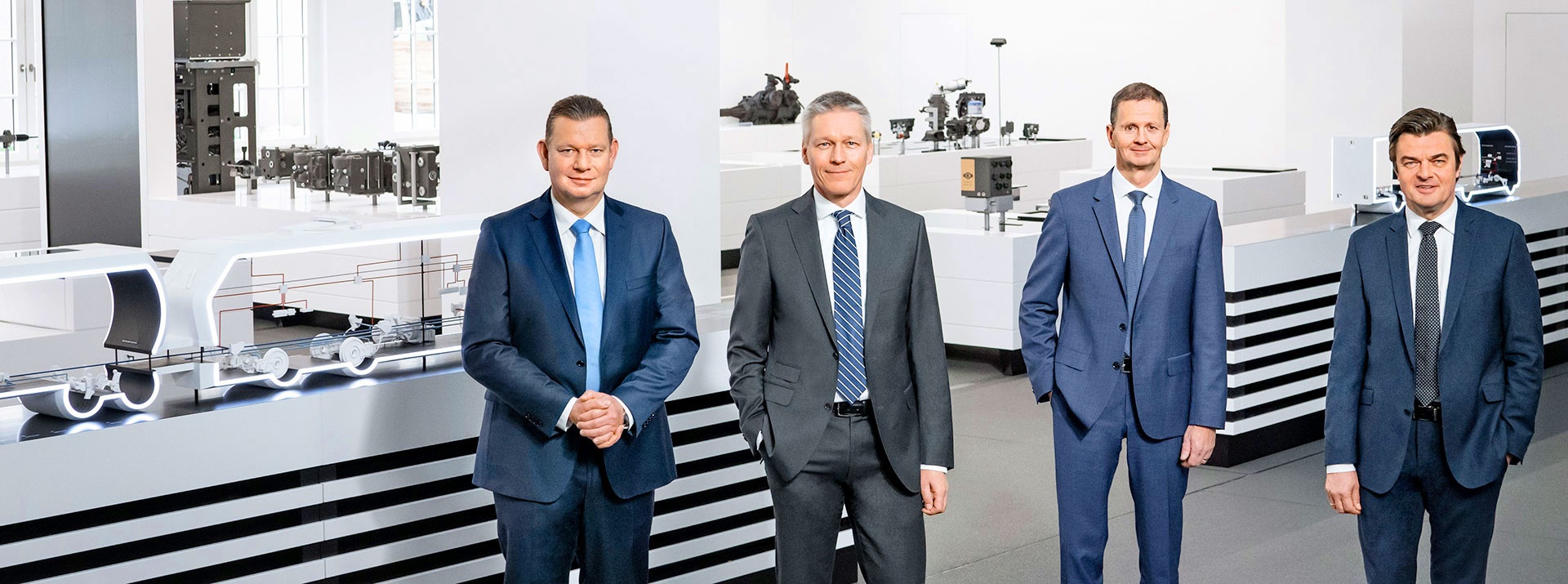
Success is plannable
Markets develop fast and change over time − for any number of reasons. Along with shifts in customer requirements, these include technological sea changes that present great opportunities and demand an agile response. In what follows, the four members of the Executive Board explain why the ability to adapt quickly to changing backdrops holds the key to success for Knorr-Bremse.
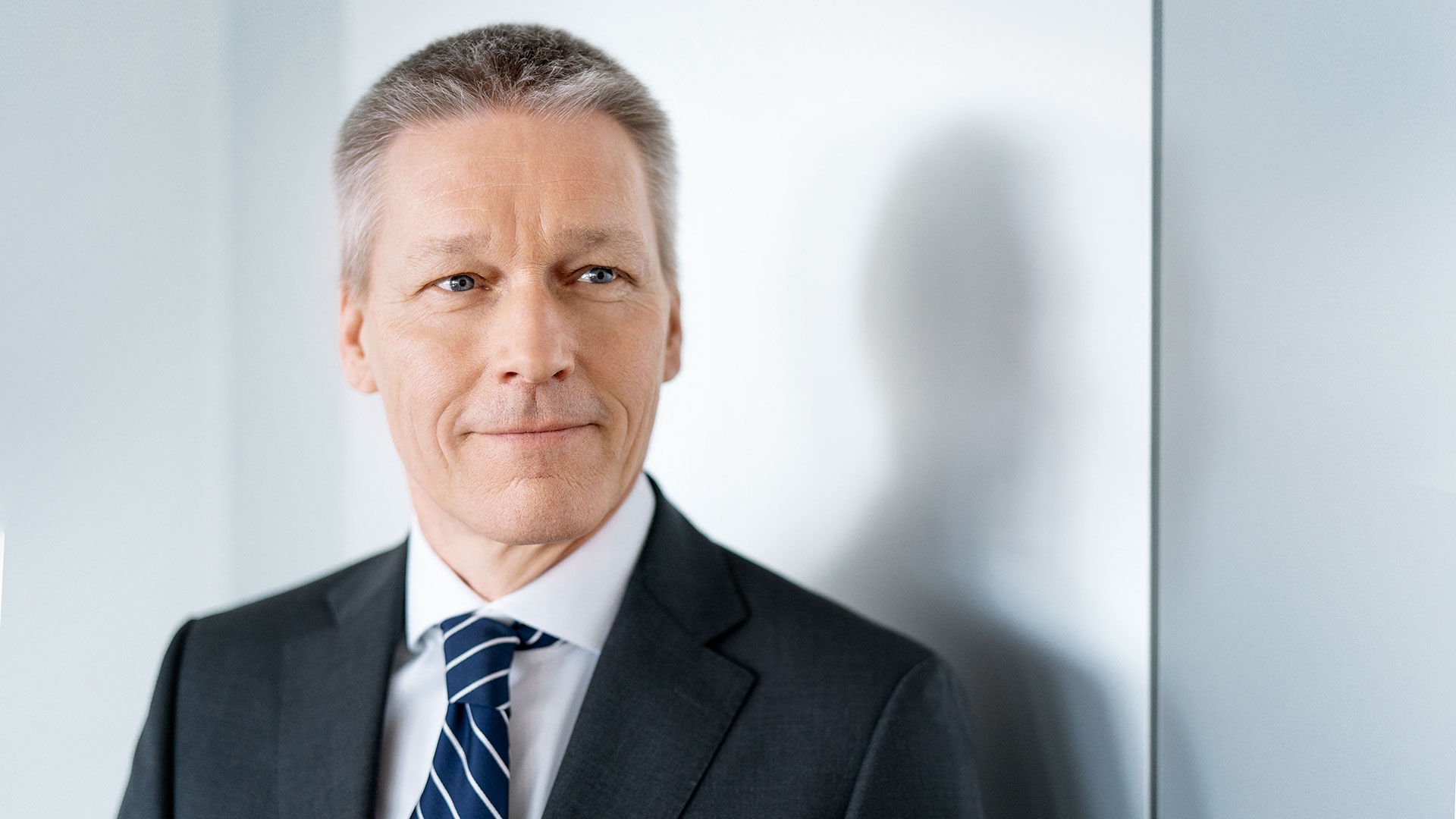
With climate change, the Covid-19 pandemic and fiercer competition, the level of uncertainty and the pace of change are on the increase across the globe. Against this background, how important are innovations for Knorr-Bremse?
Jan Mrosik: Innovations are and will remain the cornerstone of our business. In recent years we have been responsible for introducing many of the innovations that have changed the face of the rail vehicle and commercial vehicle industries. And given the long-term nature of the major innovation trends this puts us in a strong position, even in times of upheaval and uncertainty.
How do you identify the best areas in which to innovate?
Frank Markus Weber: We take our lead from the societal megatrends of urbanization, sustainability, digitalization and mobility. Take urbanization, for example: Driven by global population growth, passenger numbers and volumes of freight are on the increase, particularly in major conurbations. You could almost say that mobility has become a basic human need.
Jan Mrosik: Today more than ever, mobility is closely associated with sustainability. Topics such as CO2 emissions, noise and energy consumption are on the daily agenda in the transportation sector. Developments in climate action are decisive here. Technological progress will generate solutions and the critical catalyst is digitalization – the fourth current megatrend.
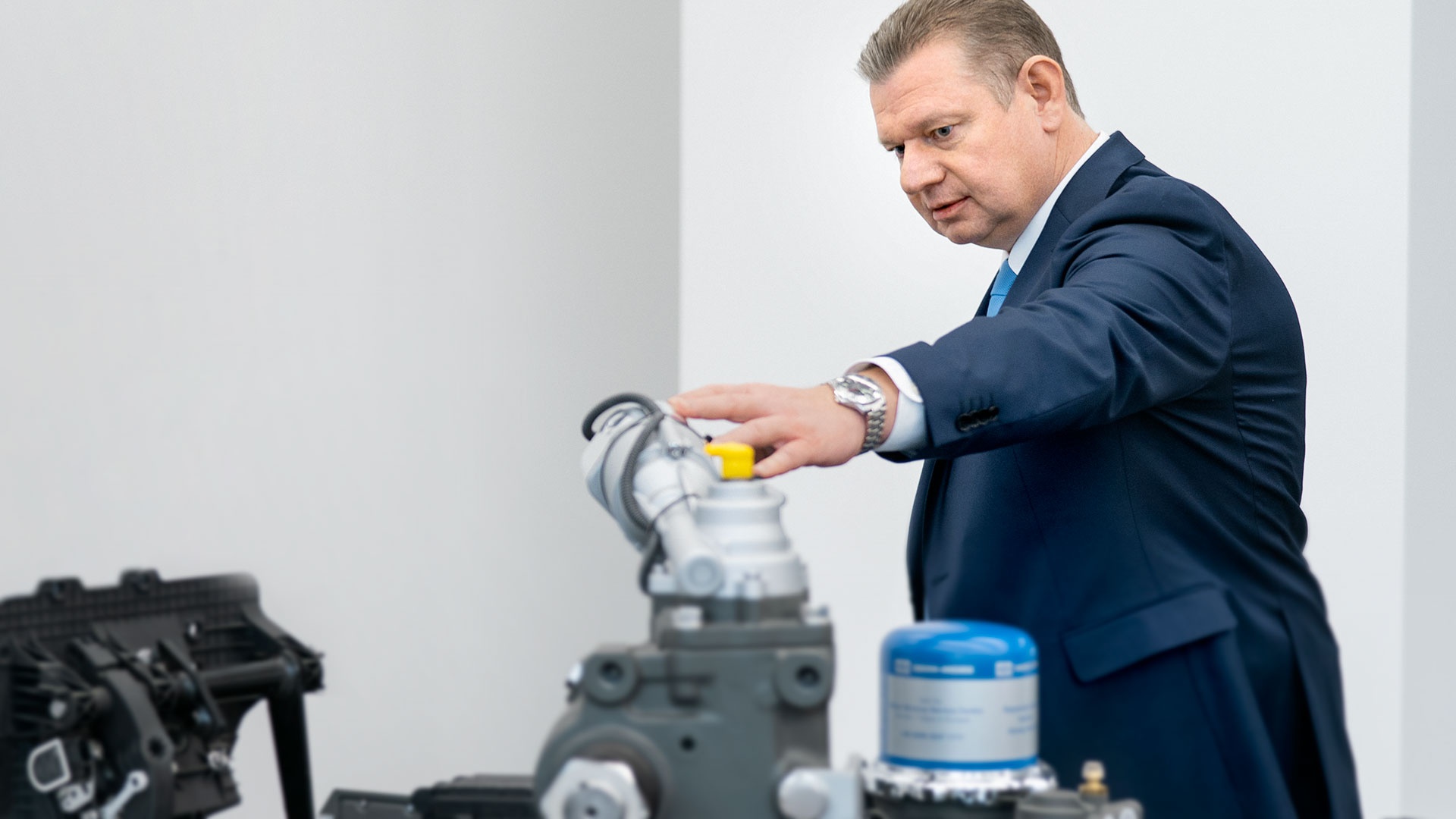
How do these megatrends affect Knorr-Bremse’s divisions?
Peter Laier: In the commercial vehicle systems sector, as we see it, the megatrends continue to give rise to four industry trends: traffic safety, connectivity, automated driving, and electric mobility & emission reduction. Our most important new development in terms of traffic safety is Global Scalable Brake Control (GSBC), a modular brake control system that around 100 specialists are currently working on. GSBC can be tailored to the widest range of market requirements from ABS to EBS. It also forms a core component of our driver assistance systems and, looking ahead, for automated driving. At the same time, our in-house think tank, the eCUBATOR, is making a key contribution to sustainable mobility. Here we have creative minds working on new systems and products for electric mobility in commercial vehicles.
Jürgen Wilder: One of the main driving forces in the rail vehicle systems sector is the need to increase transportation capacity without building new tracks. Not least because trains, light rail vehicles and metros have an important part to play in achieving climate-friendly mobility. Converting diesel locomotives to hybrid electric drive, making better use of the existing infrastructure, and safe travel for passengers in times of a pandemic – these are all solutions that help make rail travel more attractive and sustainable. At the same time, efficient life cycle management of our products helps optimize our customers’ return on investment.
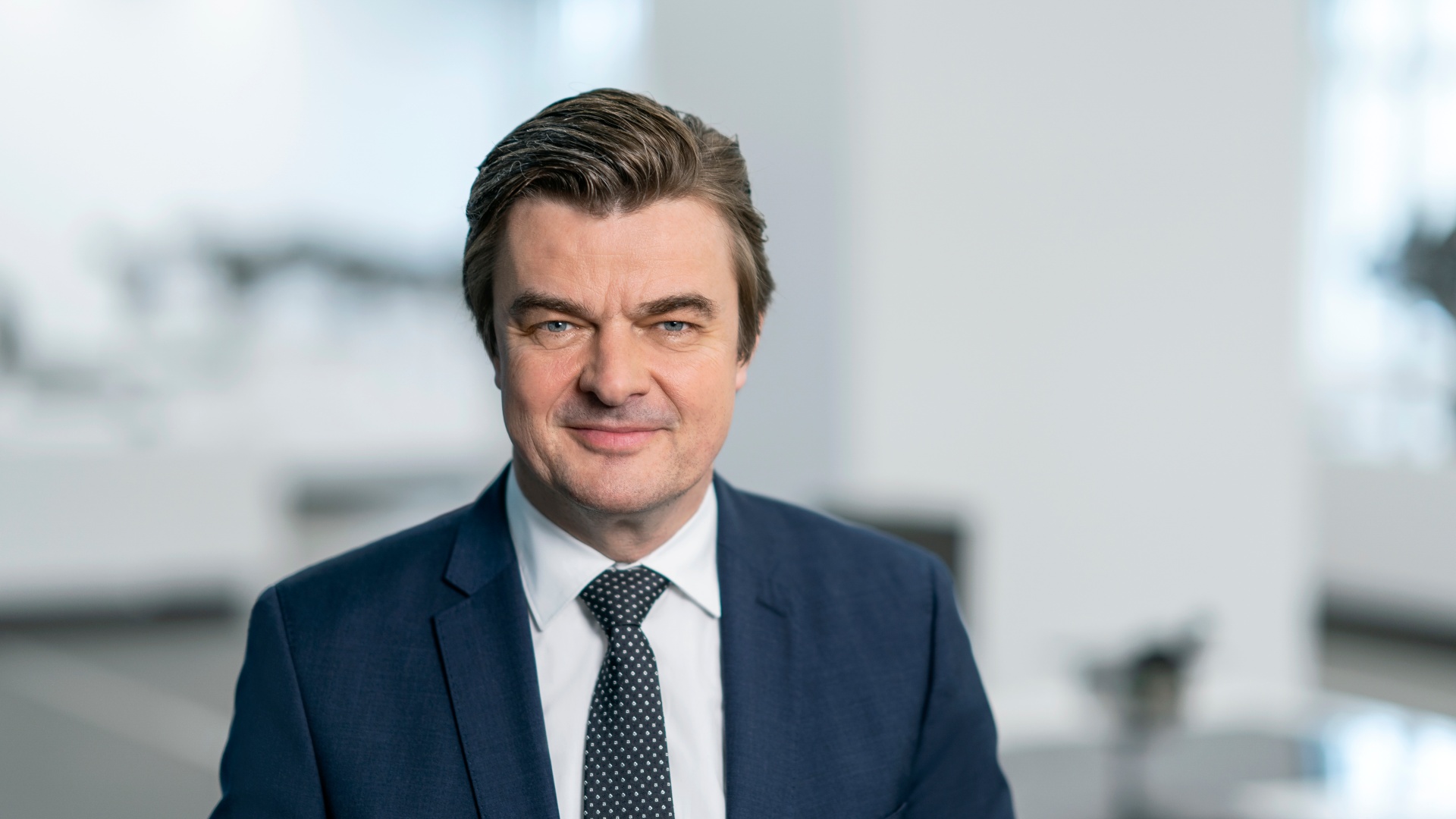
Does Knorr-Bremse’s innovation management meet your investors’ expectations?
Frank Markus Weber: Absolutely. Innovations that align with the ESG investment approach are frequent topics in our discussions. Environment, Social Responsibility and Governance are aspects of sustainability in which investors expect us to actively deliver solutions and this is something we welcome. Because through their approach, our stakeholders are signposting the way to improvements that can also give us an edge over the competition, leading to the successful development of the company above and beyond technological concerns.
Have any priorities changed during the pandemic? How has Covid-19 impacted on Knorr-Bremse’s innovations?
Jürgen Wilder: The pandemic has made it clear how important a safe and healthy on-board environment is in boosting the acceptance of rail travel. This is an area in which our optimized climate control and ventilation systems have solutions to offer. Also worth mentioning here are our entrance systems that help ensure less crowded doorways when boarding and alighting. Added to that both these systems are important modules on the way to automatic train operation.
Peter Laier: The pandemic has made little difference to the industry trends. The trend towards automated driving continues unabated − in North America and China in particular, due not least to the shortage of drivers that has been making itself felt in recent years. The pandemic-led growth in e-commerce is driving up the volume of freight and with it the demand for automated driving on the part of logistics fleets. Added to which, given potential cost reductions of around one third, there is a clear business case for automated driving in commercial vehicles.
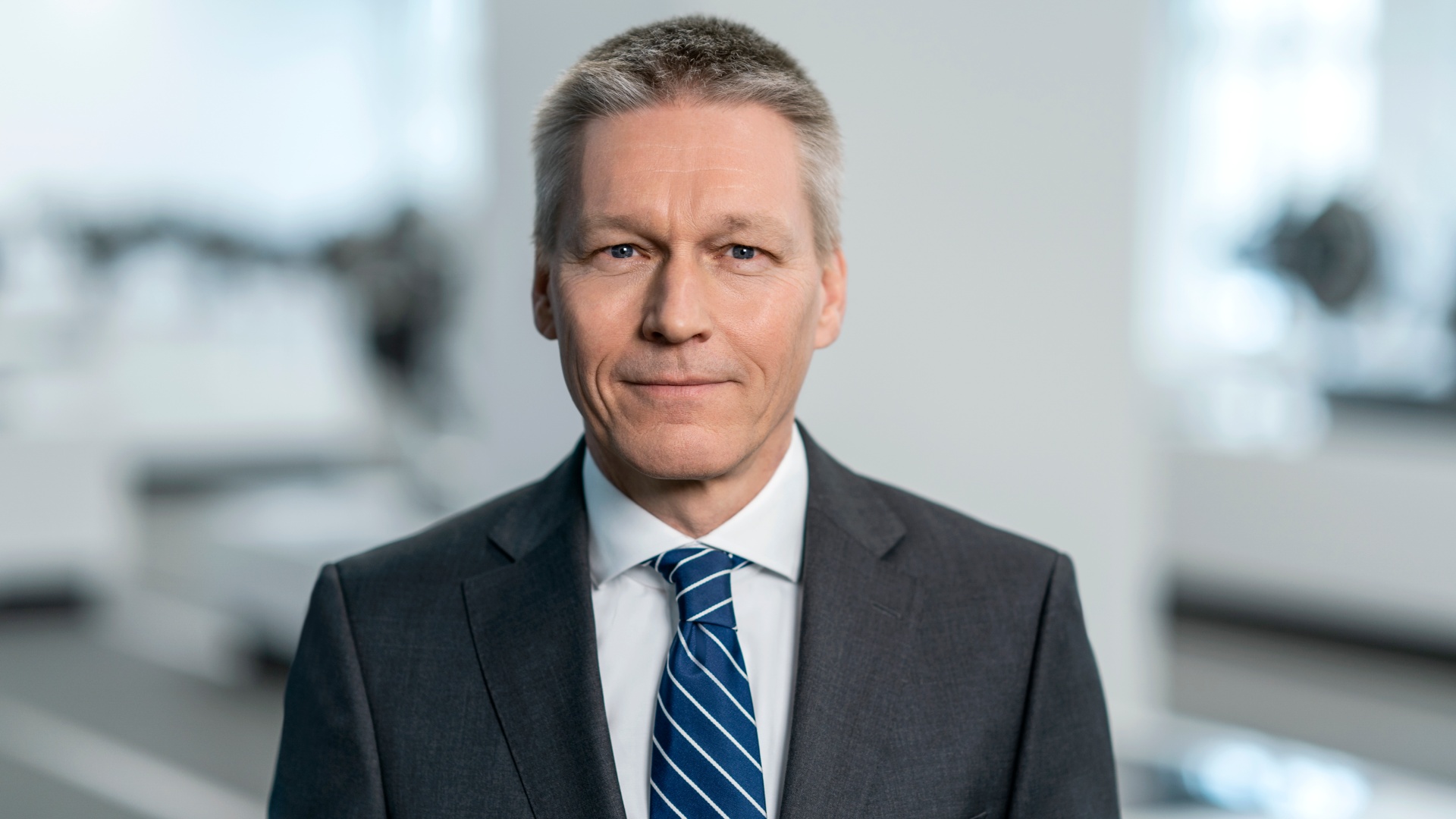
Digitalization is a catalyst for innovations. Combining data leads to new product offerings.
Dr. Jan Mrosik – Chief Executive Officer of Knorr-Bremse AG
What part does digitalization have to play in all of this?
Jan Mrosik: Digitalization is a catalyst for innovations and supports their implementation. We are focusing on new fields of application such as cloud technology and edge computing − the web-based use of centralized and decentralized data storage. When we combine the data collected during real-life driving with data from our test benches, this leads to new product offerings. Cybersecurity has a vital part to play here because digital, smart transportation solutions call for a high degree of product security. In short, it’s about leveraging new technical opportunities to expand and enhance our existing portfolio.
For decades now, Knorr-Bremse has been undisputed technology leader in its industries. How do you sustain that leadership over such a long period?
Frank Markus Weber: The quality and reliability of our products are the result of rigorous innovation processes, years of development work, and demanding field tests. Three and a half thousand employees engage in research and development for Knorr-Bremse in state-of-the-art research centers and departments spread across four continents. That keeps us close to our customers and intimately familiar with regional rules and regulations, which is a decisive factor for safety-critical products like braking systems. We safeguard our intellectual property and currently have a total of some 11,000 patents that have been applied for or granted.
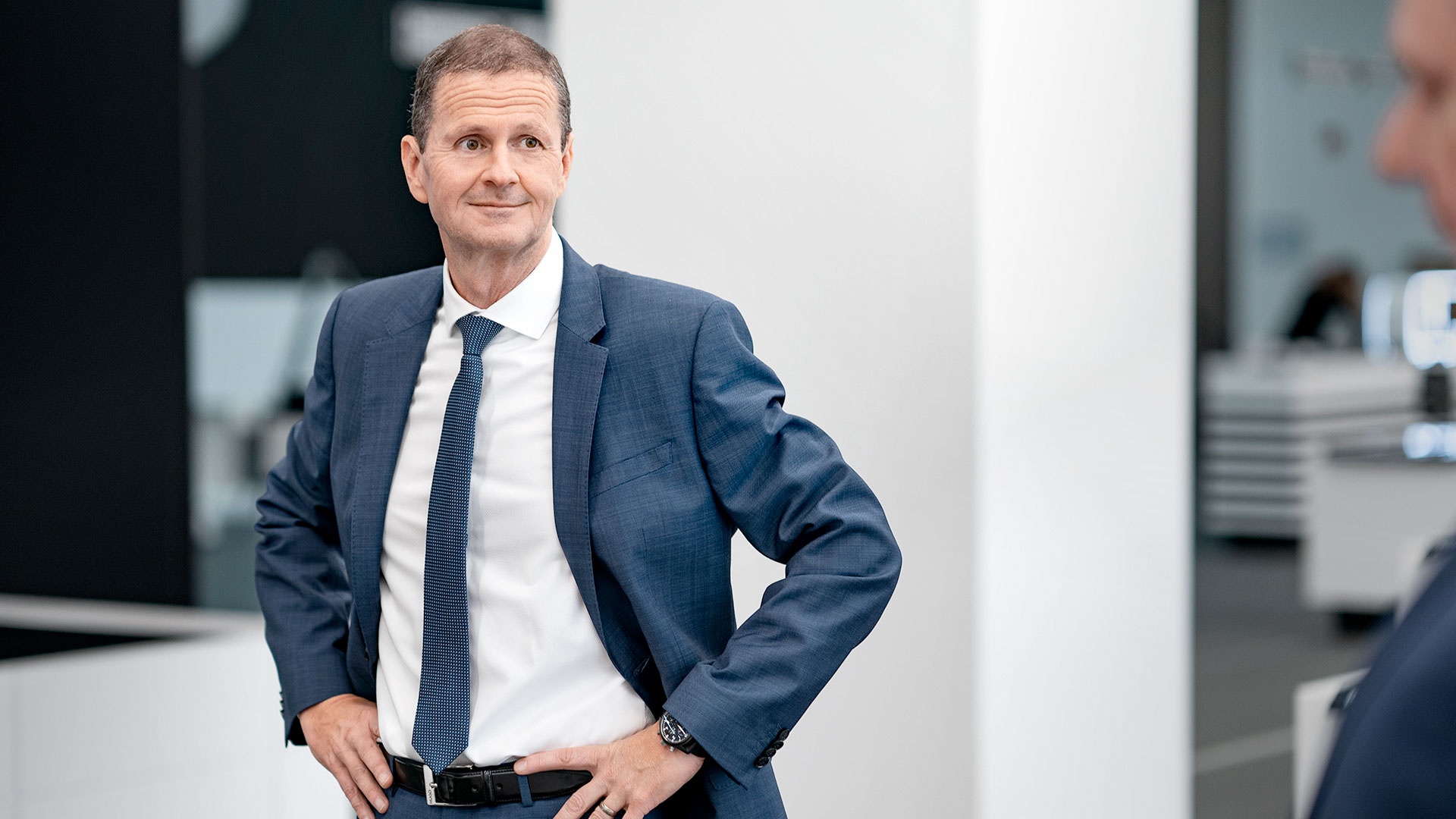
How important are creative minds in an innovative company?
Jan Mrosik: Creative minds are crucial to our success. The important thing, though, is not only the individuals with their respective talents but the diversity of the people involved. This diversity reinforces our creativity and our inventiveness – two factors that are decisive in our ability to call existing approaches into question and boldly shape new trends, like the digital transformation, for instance.
Innovations cost a great deal of money but don’t deliver instant returns, which increases the level of risk. What happens if an innovation doesn’t deliver the success you were hoping for?
Frank Markus Weber: Every year we invest around six percent of revenues in our innovation capability. It’s not always possible to convert this money into marketable products and it takes a certain level of openness, pioneering spirit and creativity to break new ground. But given that in most cases we develop solutions hand-in-hand with our customers, we normally target concrete applications.
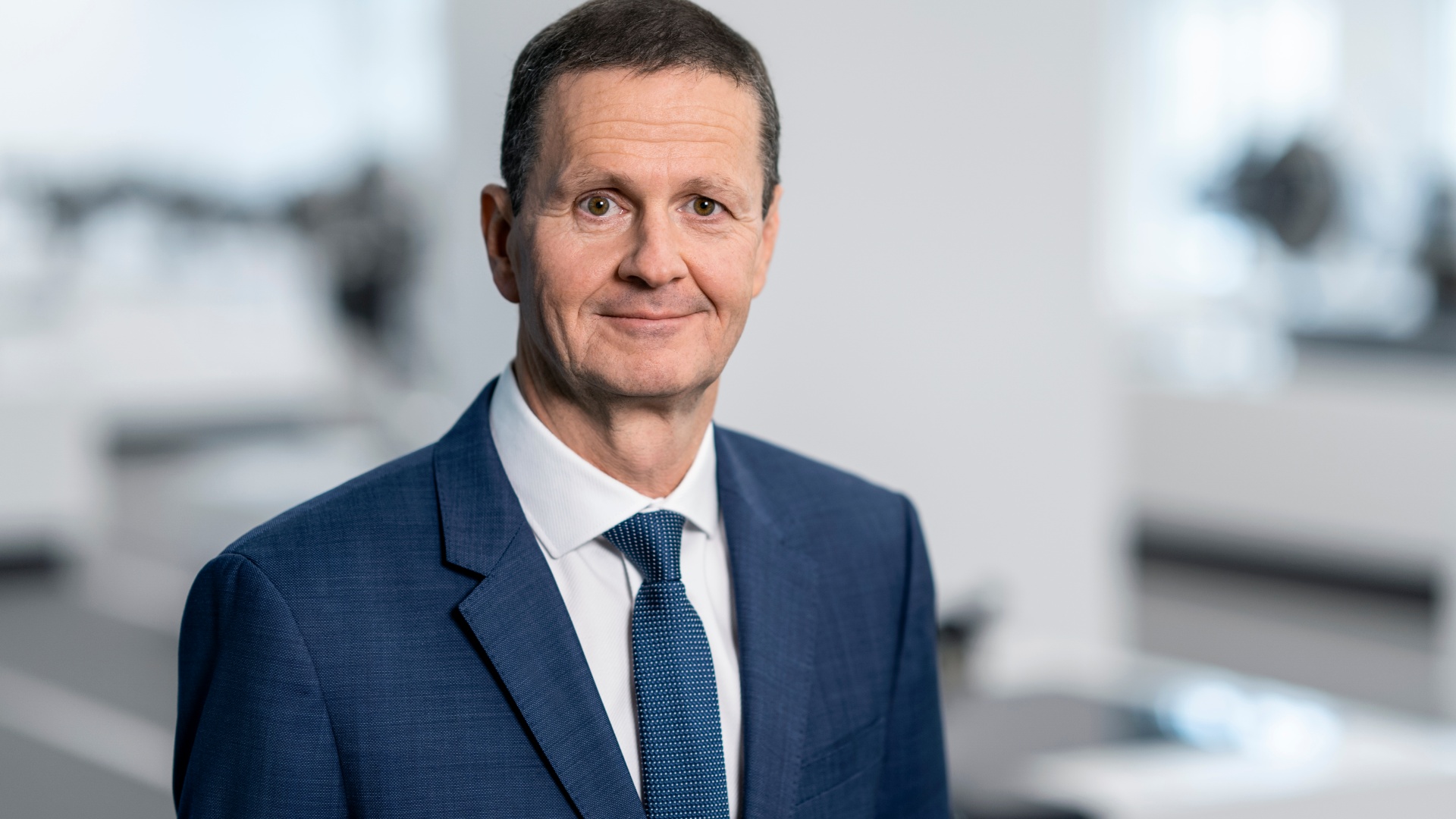
Every year we invest six percent of revenues in our innovation capability.
Frank Markus Weber – Chief Financial Officer (CFO)
Which innovations will we be seeing from the two divisions in the near future?
Jürgen Wilder: One major innovation project in the Rail Vehicle Systems division comes under the heading of Reproducible Braking Distance. The aim here is to achieve a substantial reduction in the distribution of braking distances due to different environmental factors, weather conditions and technical specifications. This will enable us to reduce the headway between trains while maintaining the same level of safety, bringing greater stability to high-frequency services and thereby making better use of the existing infrastructure. On the digitalization front we have developed a cybersecurity system to provide comprehensive protection for all digital applications. This system monitors and analyzes data transmissions in all our electronic systems and triggers an alarm when an anomaly is detected.
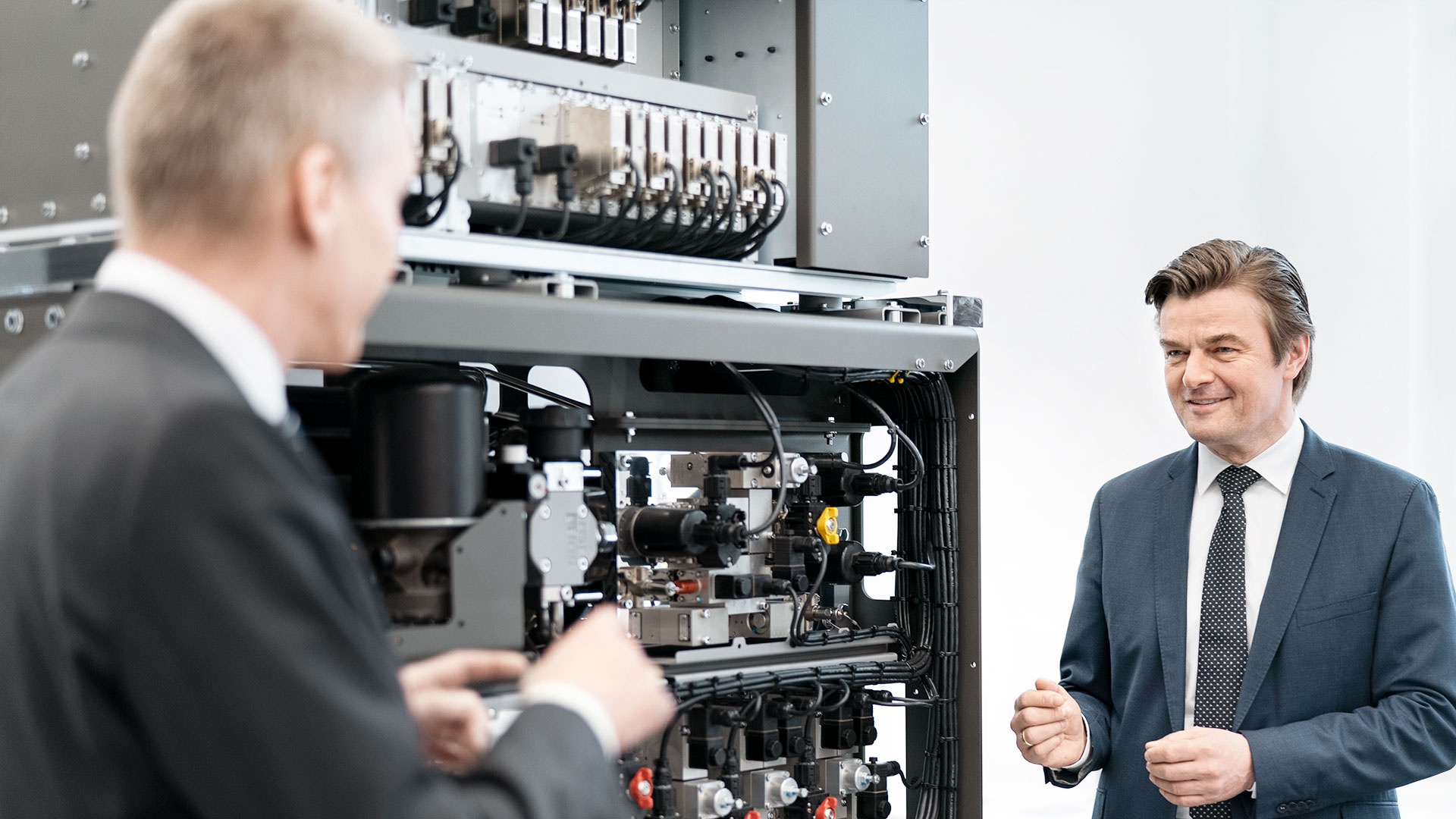
Peter Laier: In commercial vehicles, along with the brakes, the steering is the second key actuator in controlling vehicle dynamics. In recent years we have reinforced our expertise in the field of steering – including torque overlay steering − through a string-of-pearls acquisition strategy. As a result, as a systems supplier for commercial vehicle dynamics we can play a substantial part in the growing trend toward driver assistance systems and in the emerging collaborative ventures centered around automated driving. On top of this, in the next few years we will see the market launch of new generations of single- and dual-piston disc brakes that enter new dimensions in terms of performance and weight, as well as the expansion of our compressor portfolio for electric mobility applications.
What do the next steps toward automated driving look like?
Peter Laier: On the way to automated driving, the ongoing enhancement of driver assistance systems with new functionalities will play an important part. Along with turning and lane keeping assistants, we are currently developing maneuvering assistants including one for approaching loading bays. Automated driving for commercial vehicles will likely start with what’s known as hub-to-hub traffic, that is to say along fixed routes between two logistics centers, and in non-public zones such as ports or mines.

Our think tank, the eCUBATOR, makes a key contribution to sustainable mobility.
Jürgen Wilder: With the advent of automatic train operation now widely considered a given, safety acquires special importance. We will be offering vehicle manufacturers subsystems that support safe autonomous operation. Together with the Israeli start-up Rail Vision, we are integrating powerful surroundings detection systems based on cameras and software-assisted obstacle detection into our solutions.
Jan Mrosik: These examples go to show how important it is to establish a broad basis for future innovations. At Knorr-Bremse we not only trust in our own strengths but also partner with others, so as to be even more innovative together. I’m sure we have every reason to be optimistic about the future.